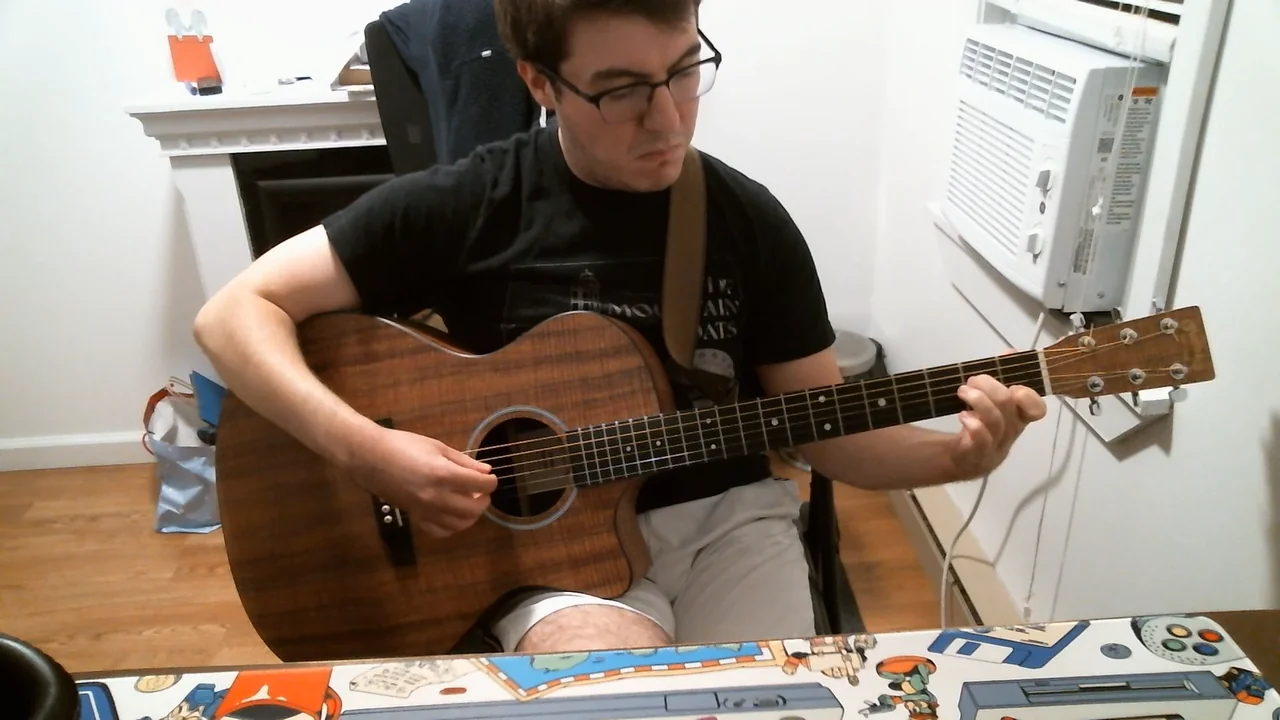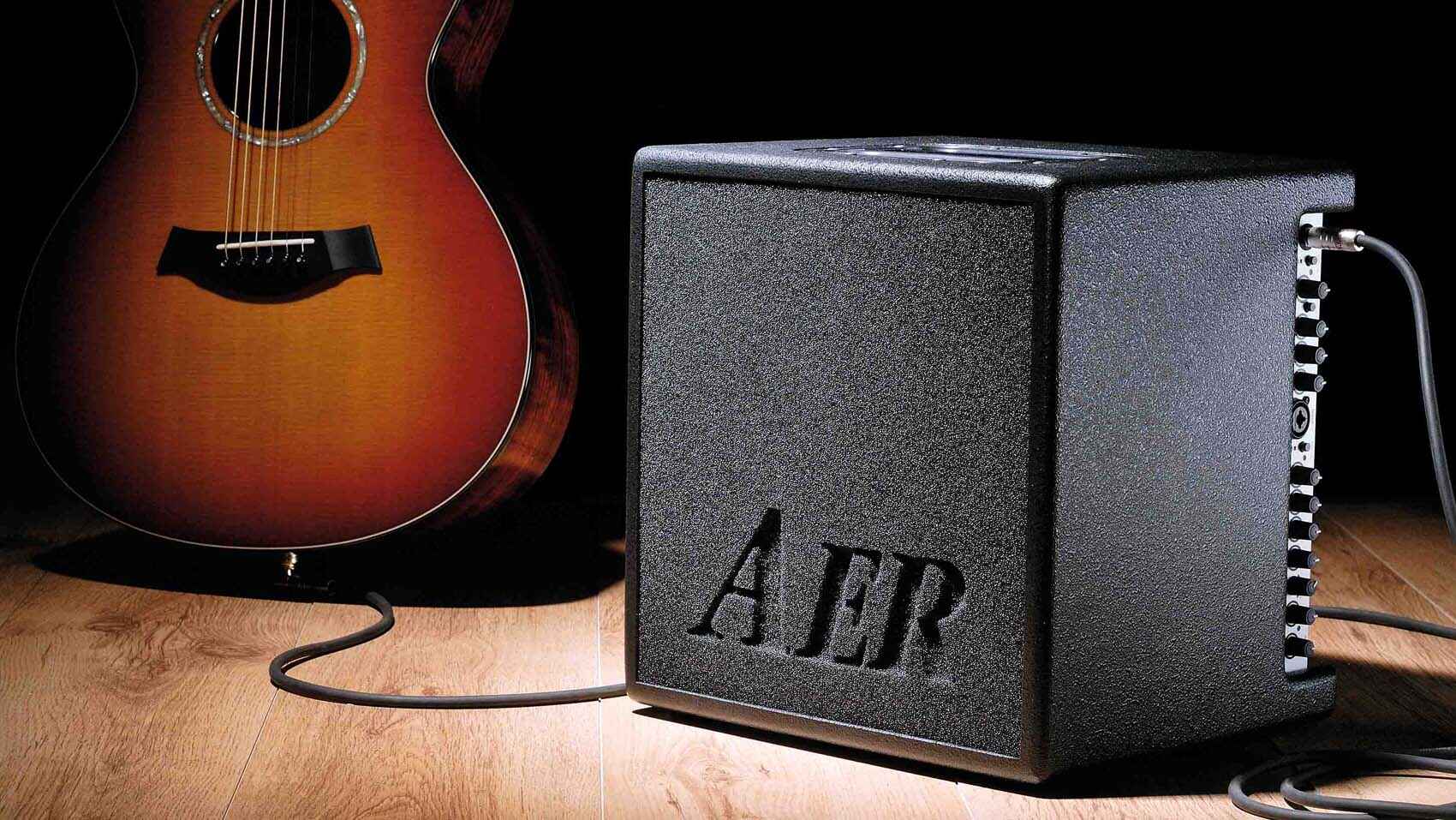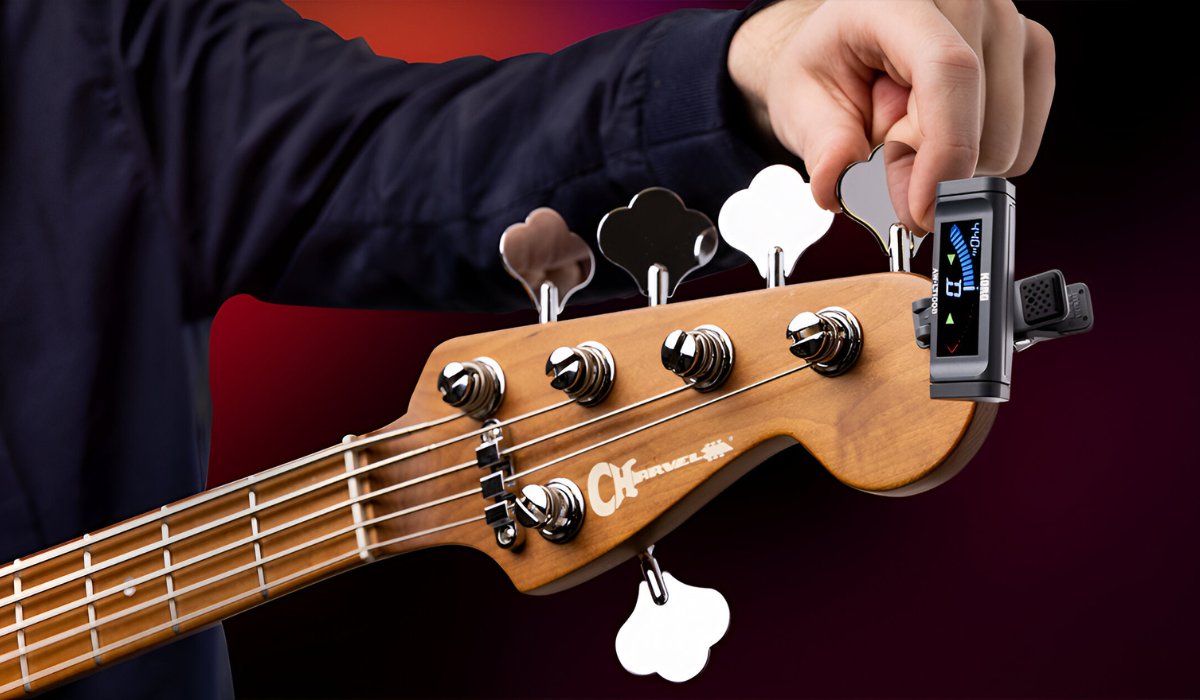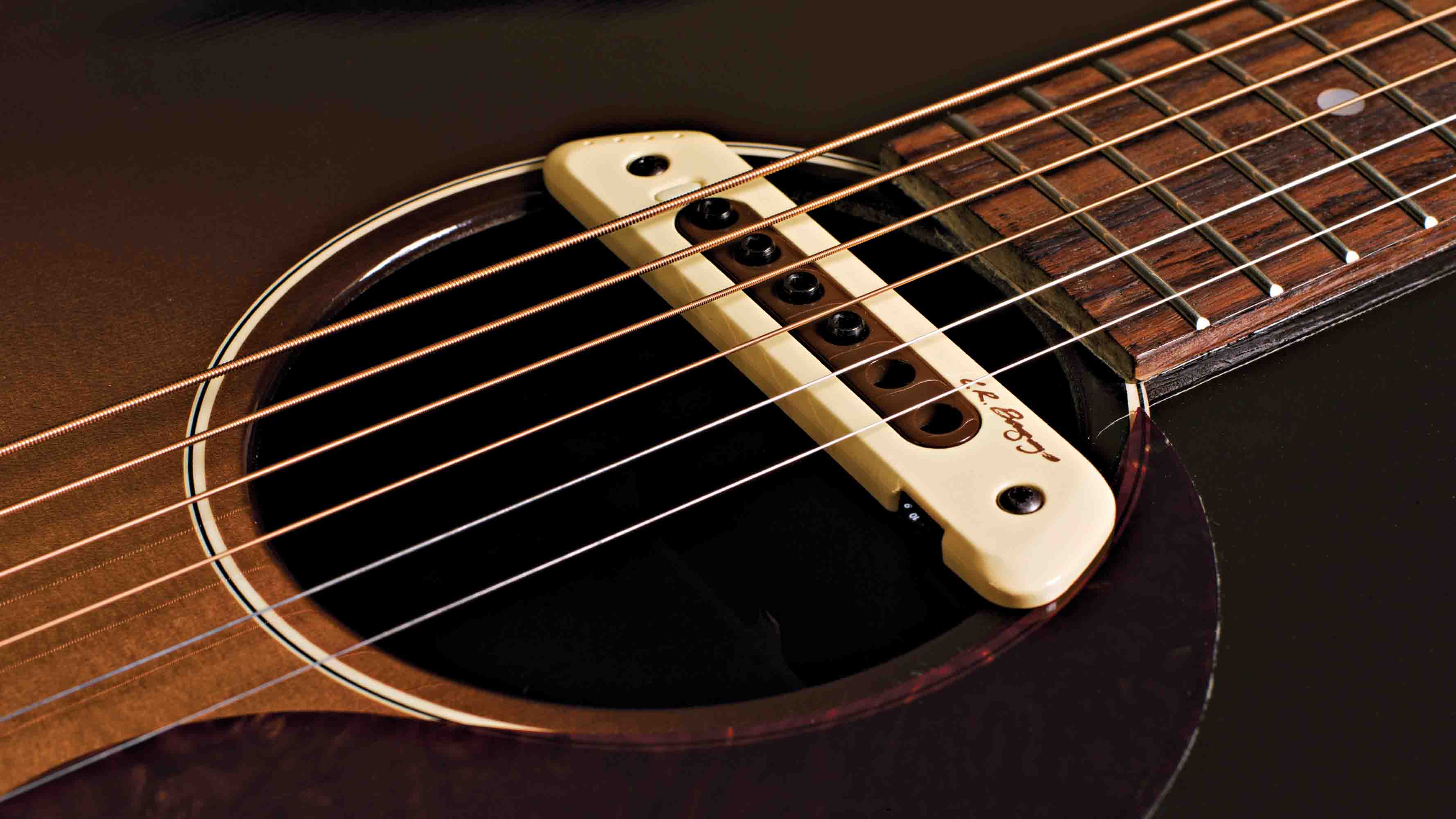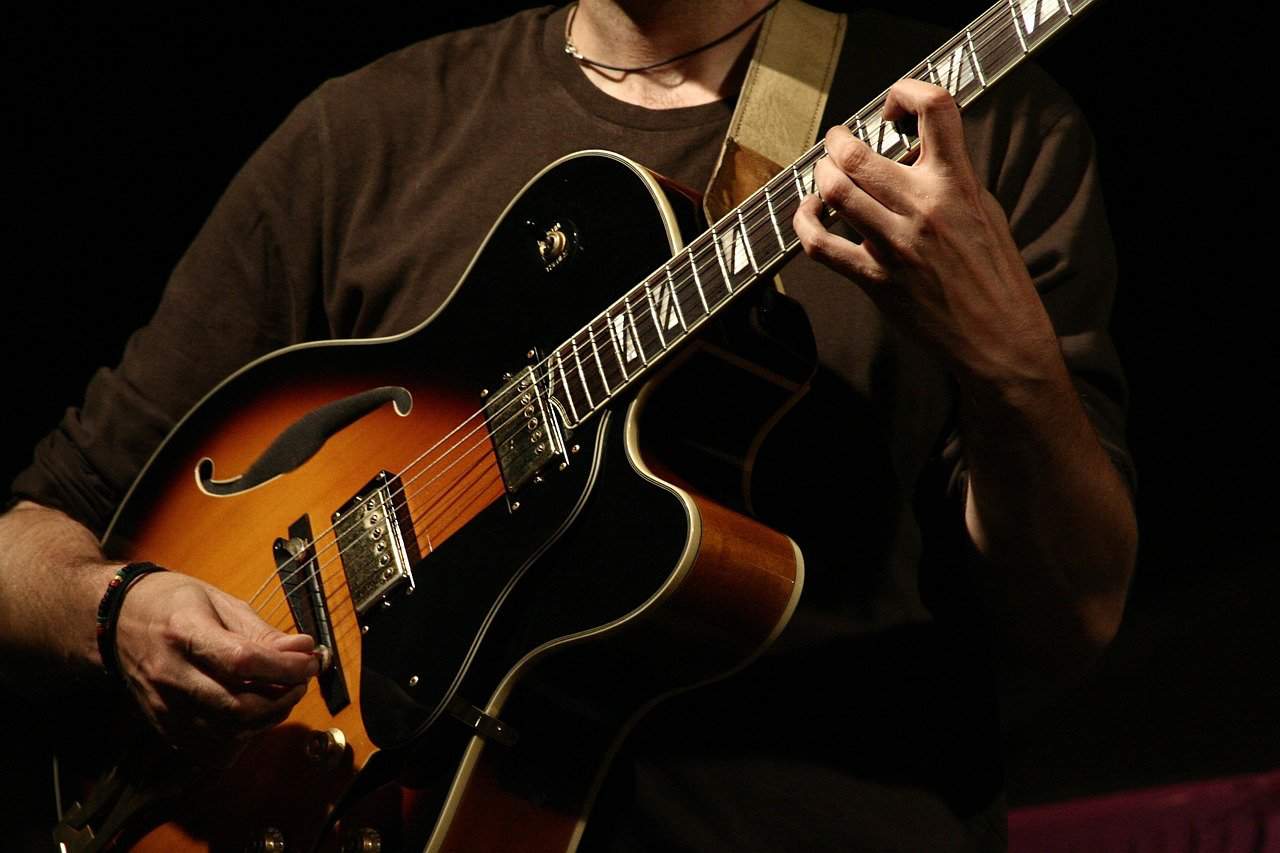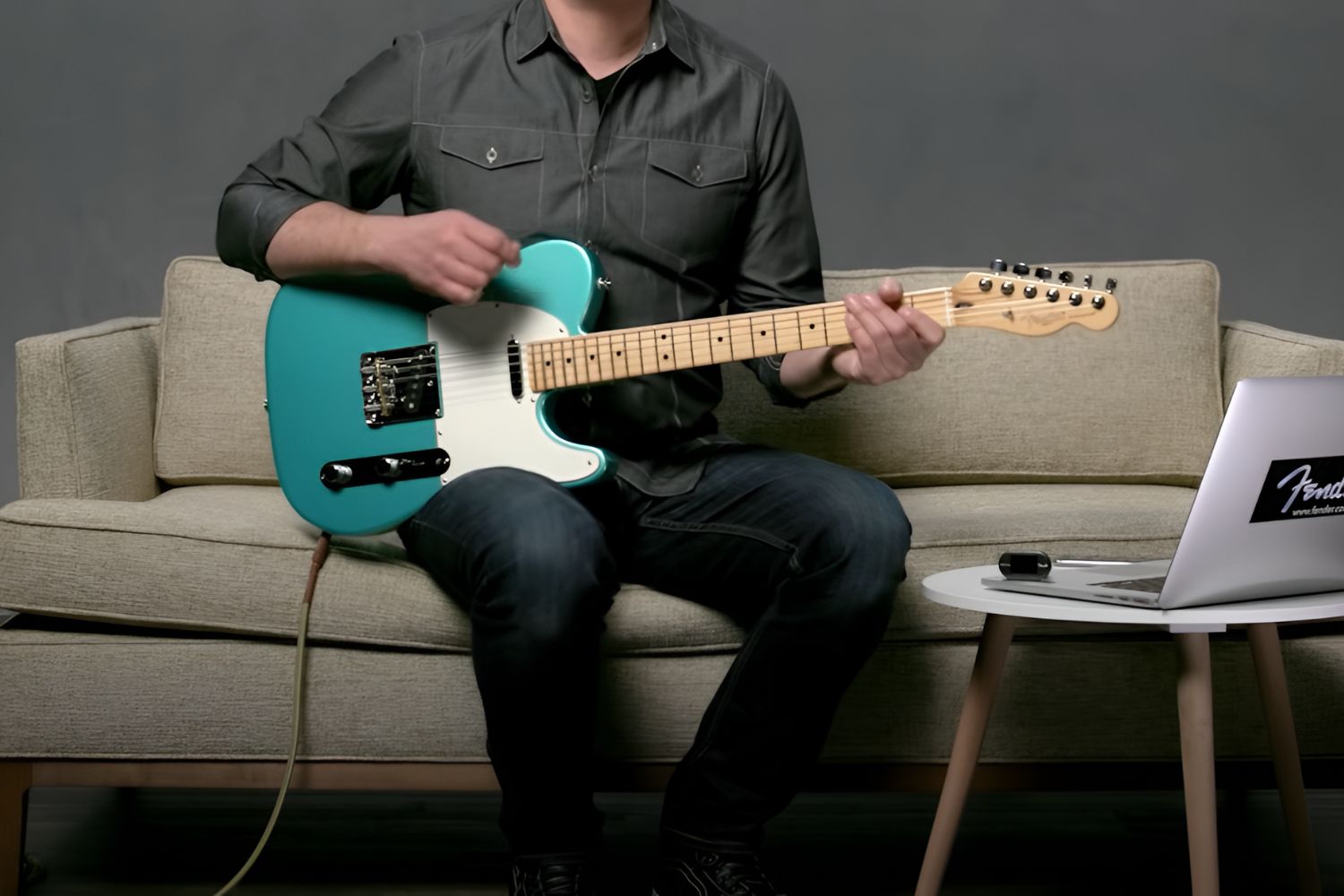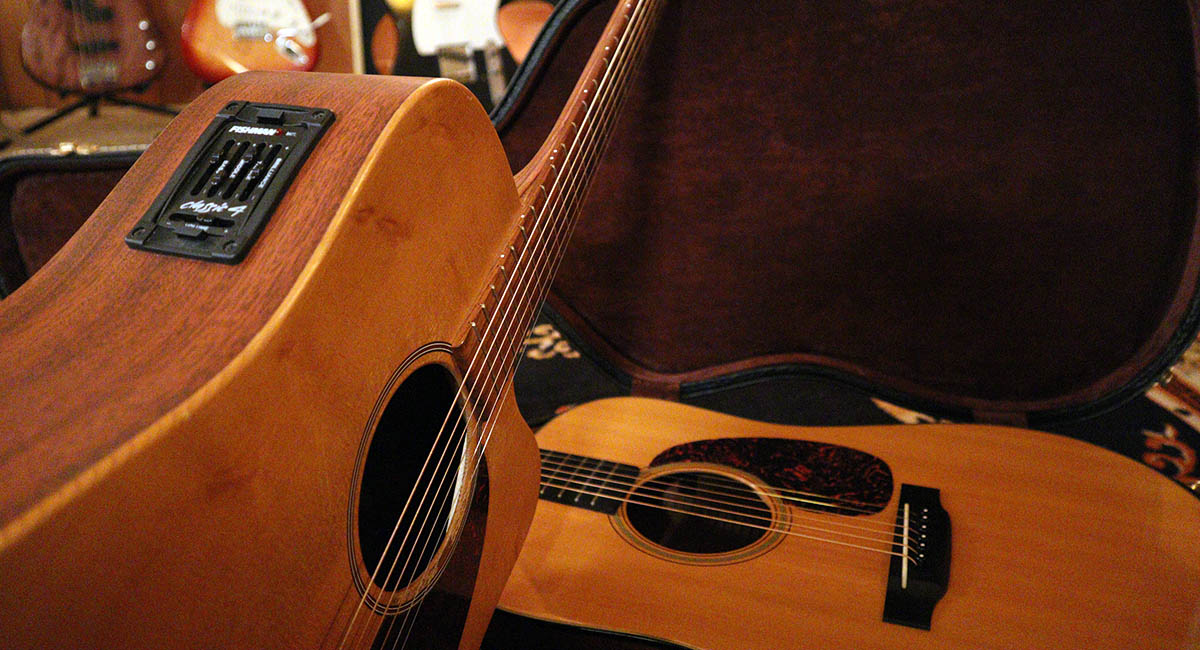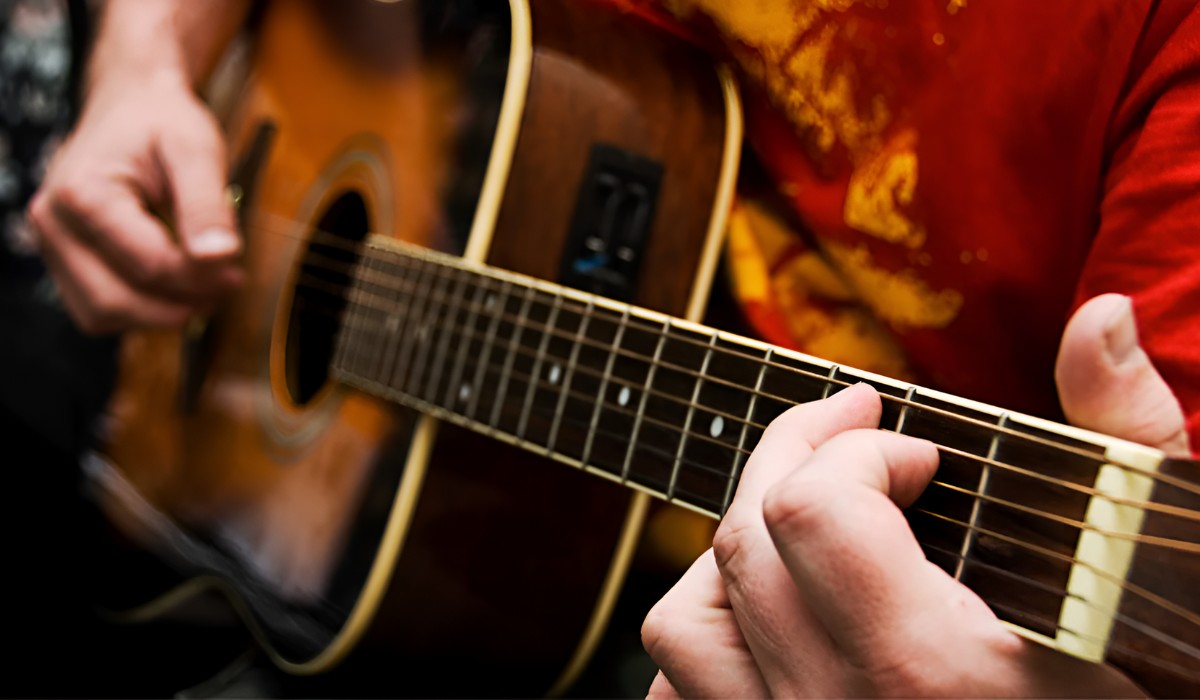Introduction
Welcome to the world of electric guitar feedback! Whether you’re a seasoned guitarist or just starting out, understanding how to harness and control feedback can add a new dimension to your playing. Feedback occurs when the sound from your amplifier is picked up by the guitar’s pickups, creating a loop of sound that can be manipulated to produce unique, expressive tones. This phenomenon has been embraced by iconic guitarists across various genres, from Jimi Hendrix to Tom Morello, as a tool for sonic exploration and self-expression.
While feedback is often viewed as an unwanted noise, it can be transformed into a powerful tool for artistic expression. By learning how to control and manipulate feedback, you can unlock a world of creative possibilities and add an extra layer of depth to your playing.
In this guide, we’ll explore the fundamentals of feedback on an electric guitar, from understanding its origins to utilizing it as a creative tool. By the end of this journey, you’ll have the knowledge and skills to confidently experiment with feedback and incorporate it into your musical repertoire.
Understanding Feedback
Feedback, in the context of electric guitars, is the result of a sound loop created between the guitar’s pickups and the amplifier. When the amplified sound from the speaker reaches the guitar’s pickups, it’s captured and re-amplified, creating a continuous loop of sound. This loop, if left unchecked, can lead to the characteristic high-pitched squeal associated with feedback.
Several factors contribute to the occurrence of feedback, including the proximity of the guitar to the amplifier, the volume level, and the guitar’s inherent resonance. Understanding these elements is crucial for effectively managing feedback. The type of pickups in the guitar, the construction of the instrument, and the amplifier’s settings also play significant roles in determining the feedback characteristics.
It’s important to note that feedback is not always a nuisance; it can be harnessed to produce harmonically rich overtones and sustain. Many guitarists actively seek out controlled feedback as a means of adding texture and emotion to their playing. By understanding the mechanics of feedback, you can learn to harness its potential and integrate it into your musical expression.
Setting Up Your Gear
Properly setting up your gear is essential for managing feedback effectively. Begin by positioning your amplifier so that it’s facing away from the guitar’s pickups. This simple adjustment can reduce the likelihood of uncontrollable feedback. Experiment with the distance between the guitar and the amplifier to find the sweet spot where feedback is manageable and controllable.
Additionally, consider the type of pickups in your guitar. Single-coil pickups are more prone to picking up electromagnetic interference, which can contribute to feedback. Humbucker pickups, known for their noise-cancelling properties, are often preferred for high-gain situations where feedback can be a concern.
Understanding the settings on your amplifier is crucial. Adjust the gain, volume, and EQ settings to find the balance that minimizes unwanted feedback while delivering the desired tone. If your amplifier has built-in feedback reduction features, familiarize yourself with how to use them effectively.
Furthermore, the physical environment can impact feedback. Reflective surfaces and confined spaces can exacerbate feedback, while acoustically treated rooms can help minimize it. When performing live, consider the layout of the stage and the positioning of monitors to reduce the risk of feedback during a performance.
By optimizing the setup of your gear and familiarizing yourself with the variables that contribute to feedback, you can create an environment that facilitates controlled and expressive use of feedback in your playing.
Finding the Sweet Spot
Locating the “sweet spot” where feedback becomes controllable is essential for harnessing its creative potential. Begin by experimenting with the distance and angle between your guitar and the amplifier. As you play, listen for the point at which the sound begins to resonate and sustain without spiraling into uncontrollable feedback. This sweet spot may vary depending on the volume, gain, and EQ settings, so take the time to explore different combinations to find the optimal balance.
Adjusting the position of your guitar in relation to the amplifier can also influence the feedback characteristics. Tilting the guitar or facing it in different directions can yield varying degrees of feedback, allowing you to discover unique tonal nuances and expressive possibilities.
Furthermore, consider the impact of your playing technique on feedback. Sustained notes, controlled vibrato, and precise fretting can all influence how feedback manifests. Experiment with different playing styles and techniques to uncover the nuances of feedback and how they can be integrated into your musical expression.
Listening attentively and honing your sensitivity to the instrument’s response is crucial in finding the sweet spot. As you become more attuned to the interplay between your guitar, amplifier, and surroundings, you’ll develop an intuitive sense for where feedback can be harnessed to enhance your playing.
By patiently exploring and identifying the sweet spot for feedback, you’ll be equipped to leverage its expressive potential in a controlled and deliberate manner, adding depth and emotion to your musical performances.
Controlling the Feedback
Controlling feedback on an electric guitar involves a combination of technical adjustments, spatial awareness, and playing technique. One effective method is to use a graphic equalizer to identify and attenuate frequencies that are prone to triggering feedback. By selectively reducing the amplitude of these frequencies, you can minimize the risk of uncontrolled feedback while preserving the desired tonal characteristics.
Strategic use of noise gates can also aid in controlling feedback. Noise gates are audio processors that can suppress signal levels below a set threshold, effectively silencing unwanted noise, including feedback, during pauses in playing. When utilized judiciously, noise gates can help maintain a clean and controlled sound without sacrificing sustain and dynamics.
Experimenting with the positioning of your body and guitar in relation to the amplifier can also yield significant control over feedback. By subtly adjusting your stance and the angle of the guitar, you can influence the resonance and sustain of the feedback, allowing for nuanced manipulation of its tonal qualities.
Furthermore, mastering the art of muting strings and controlling sustained notes can empower you to shape the feedback to your liking. By selectively muting or allowing strings to vibrate, you can modulate the intensity and pitch of the feedback, creating expressive swells and dynamic shifts in the sonic landscape.
Developing a keen awareness of the acoustics in different performance spaces is crucial for effective feedback control. Understanding how room size, shape, and reflective surfaces impact feedback can inform your positioning on stage and guide your adjustments to amplifier settings and playing technique.
By integrating technical adjustments, spatial awareness, and deliberate playing techniques, you can gain mastery over feedback, transforming it from an unpredictable nuisance into a powerful tool for sonic expression and emotional resonance.
Using Feedback Creatively
Embracing feedback as a creative tool opens up a world of sonic possibilities for electric guitarists. By harnessing and manipulating feedback, you can introduce captivating textures, evocative atmospheres, and expressive nuances into your playing, elevating your musical expression to new heights.
One of the most compelling creative uses of feedback is to sculpt ambient soundscapes. By strategically positioning the guitar in relation to the amplifier and utilizing effects such as reverb and delay, you can generate ethereal, swirling textures that add depth and dimension to your compositions. Controlled feedback can serve as a foundation for immersive sonic environments, allowing you to craft sonic narratives that captivate listeners.
Feedback can also be wielded as a tool for sonic experimentation and improvisation. By manipulating the position of the guitar, altering the amplifier’s settings, and employing techniques like volume swells and harmonic manipulation, you can create dynamic and unpredictable sonic landscapes that push the boundaries of traditional guitar performance. This approach invites spontaneity and exploration, fostering a sense of sonic adventure in your playing.
Furthermore, feedback can be utilized to infuse raw emotion and intensity into your music. The sustained, harmonically rich tones produced by controlled feedback can imbue your playing with visceral power, allowing you to convey profound emotions and connect with your audience on a deeply expressive level. Whether adding a haunting quality to a melodic passage or unleashing a torrent of searing, feedback-laden expression, this creative use of feedback can leave a lasting impact on listeners.
Exploring the intersection of feedback and traditional playing techniques can yield innovative and compelling results. By integrating feedback into your repertoire, you can expand the sonic palette of the electric guitar, infusing your music with a sense of daring experimentation and boundless creativity.
Conclusion
Exploring the realm of electric guitar feedback unveils a rich tapestry of sonic potential and expressive possibilities. By understanding the origins of feedback, mastering its control, and embracing it as a creative tool, guitarists can elevate their playing to new heights of artistry and innovation.
From the early pioneers of feedback experimentation to contemporary virtuosos, the utilization of feedback has been a hallmark of boundary-pushing guitar performance. By honing the ability to find the sweet spot, control the feedback, and use it creatively, musicians can unlock a wealth of expressive techniques that add depth, emotion, and dynamism to their musical endeavors.
As you continue to explore the intricate interplay between your guitar, amplifier, and environment, remember that feedback is not merely an uncontrollable nuisance, but a versatile medium for sonic exploration and self-expression. Embrace its nuances, experiment fearlessly, and allow the captivating allure of feedback to enrich your musical journey.
By integrating feedback into your playing with intention and artistry, you can transcend the conventional boundaries of guitar performance, forging a deeply personal and compelling sonic identity that resonates with audiences and fellow musicians alike.







